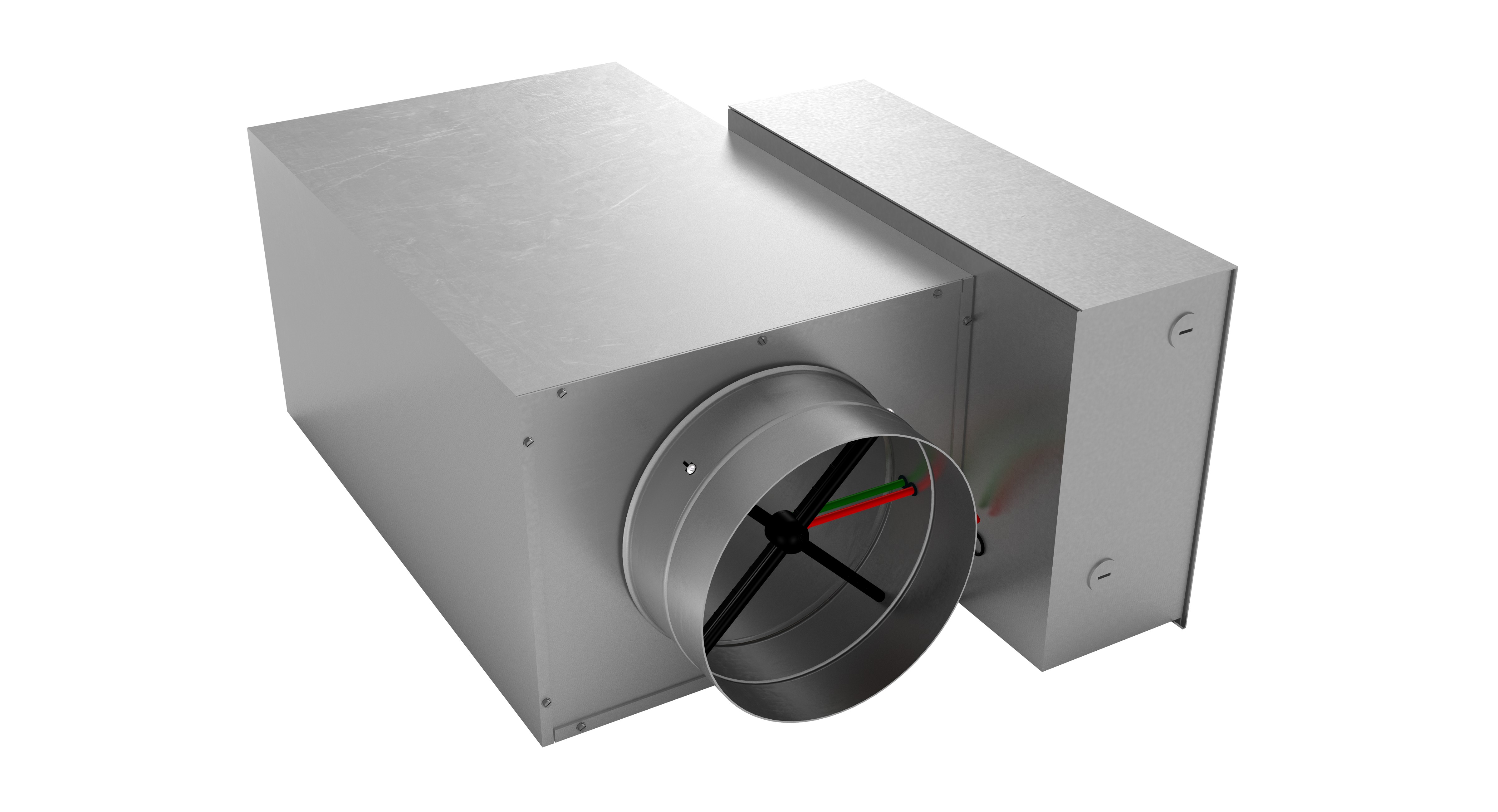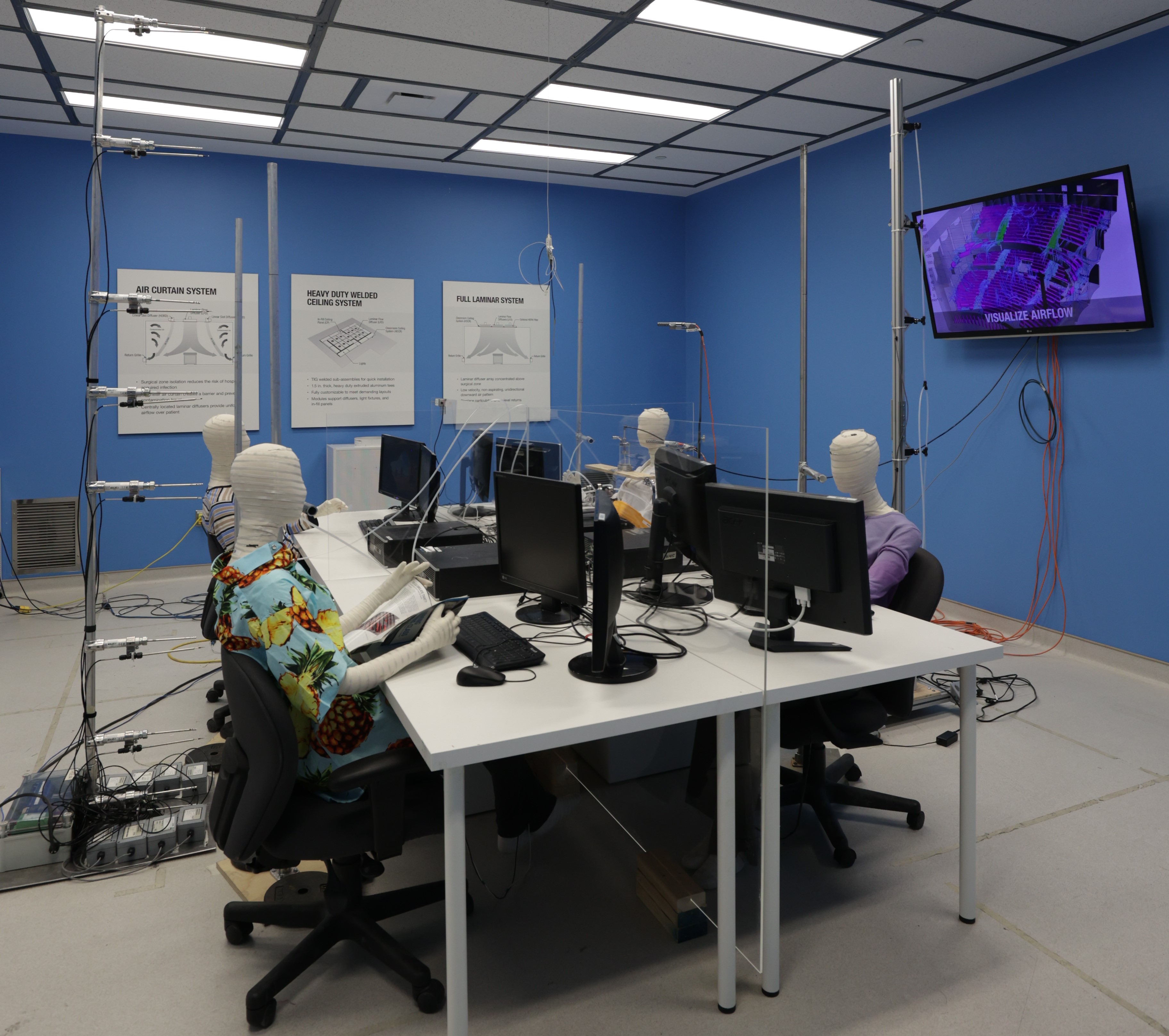Read about the Research – and Meet the Researchers!
The last few years have seen an increased focus on indoor air quality. Occupants want to feel comfortable in commercial spaces, and building owners, architects and engineers want to know that they’re constructing and renovating facilities with products that work as intended. No gimmicks – just real, science-backed solutions.
Read More
Topics:
Displacement,
HVAC Fundamentals,
Employees,
HVAC,
Engineering,
Design Engineering,
ASHRAE 62,
CFD,
ASHRAE
Renovated, Expanded Space Creates a Living Showroom
We are continually adding talented individuals to the Price team, and in 2018 it was clear that our office space at our headquarters in Winnipeg, MB, was bursting at the seams. Team members were sharing offices, working in hallways and competing for meeting room space. Plans for the expansion of the Golspie North production space were already underway, and it seemed like the perfect time to expand and renovate our offices.
Read More
Topics:
Noise Control,
Acoustic Panels,
GRD,
Diffusers,
Displacement,
HVAC Fundamentals,
Employees,
HVAC,
Engineering,
Design Engineering,
Architecture,
Critical Environments,
Filtration
Streamlining Your Workflow with the Price Engineer Toolkit
A variable air volume terminal unit, or VAV box, provides space-specific heating, ventilation or air-conditioning to individual zones within a larger indoor environment. The most common VAV box is a single-duct terminal unit, which regulates the volume of air that each space requires by adjusting a damper with an automated controller and actuator. VAV terminals often include additional components such as hydronic or electric heating coils and fans equipped with variable-speed motors.
Read More
Topics:
Terminals,
HVAC Fundamentals,
HVAC,
Engineering,
Design Engineering,
Training,
Tech Tip,
Software
Study Looks at Displacement Ventilation’s Effect on Airborne Particulates
Stratified air systems are widely known for their ability to condition a variety of spaces in an energy-efficient way. Beyond providing energy savings, however, these systems can also improve indoor air quality.
Read More
Topics:
Displacement,
Employees,
HVAC,
Engineering,
Design Engineering,
CFD,
ASHRAE
Exploring the Inner Workings of Mechanical VAV Diffusers
In a previous blog post, we discussed variable air volume (VAV) diffusers and how these simple devices create small-zone comfort. VAV diffusers are available in two basic types: mechanical (thermal) and digital (electric). In this post, we take a closer look at the mechanical version, which requires no electrical or pneumatic connections and is powered by the temperature of the air.
Read More
Topics:
GRD,
Diffusers,
Thermal Comfort,
HVAC Fundamentals,
HVAC,
Engineering,
Design Engineering







